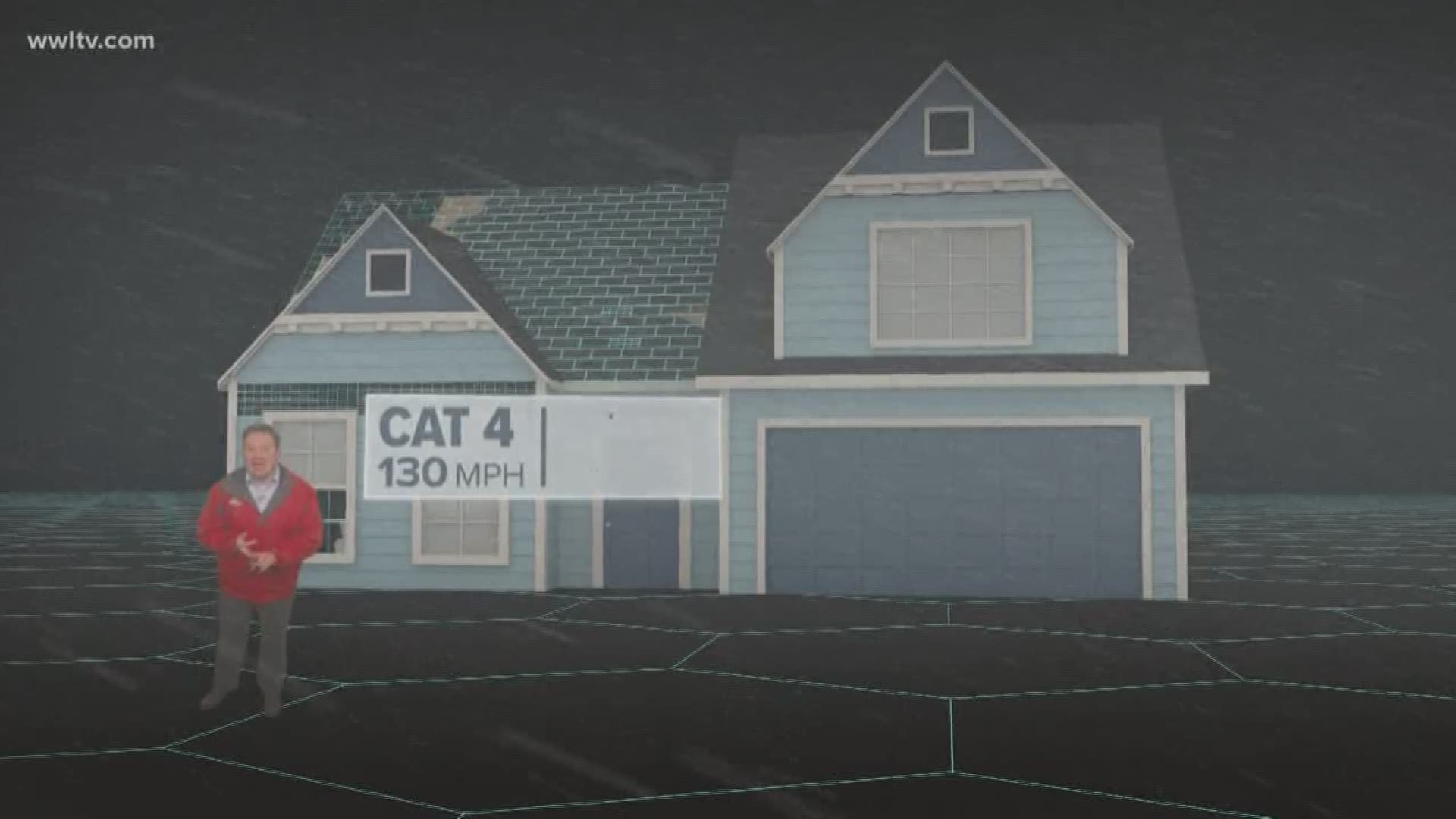NEW ORLEANS — While a generator is an option to provide temporary power during an outage, it is important to know how to use it safely.
Ryan Truxillo with St. Bernard Parish Hospital said the biggest risk that comes with using a generator is the carbon monoxide fumes produced by the machines. Carbon monoxide is an odorless, tasteless gas, and breathing in too much of the toxic fumes can lead to fainting or death.
Symptoms of carbon monoxide poisoning range from mild to severe, and can sometimes present themselves as flu-like. Some of the symptoms include:
- Headache
- Dizziness
- Weakness
- Nausea
- Vomiting
- Chest pain
- Confusion
According to the Centers for Disease Control and Prevention, more than 400 Americans die from carbon monoxide poisoning each year and more than 4,000 are hospitalized. To avoid harm or illness, officials recommend heeding the following tips:
- Always follow manufacturer instructions when setting up a generator.
- Never use a generator inside your home or garage.
- Only use a generator outside in a well-ventilated area.
- Place your generator at least 20 feet away from your home.
- Double check that the exhaust is pointed away from any doors of vents.

